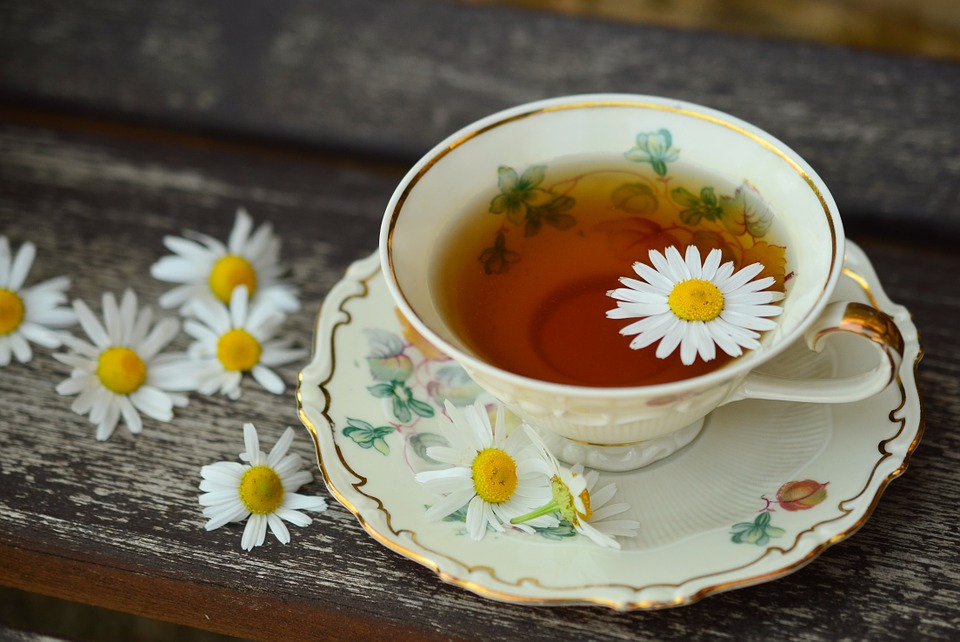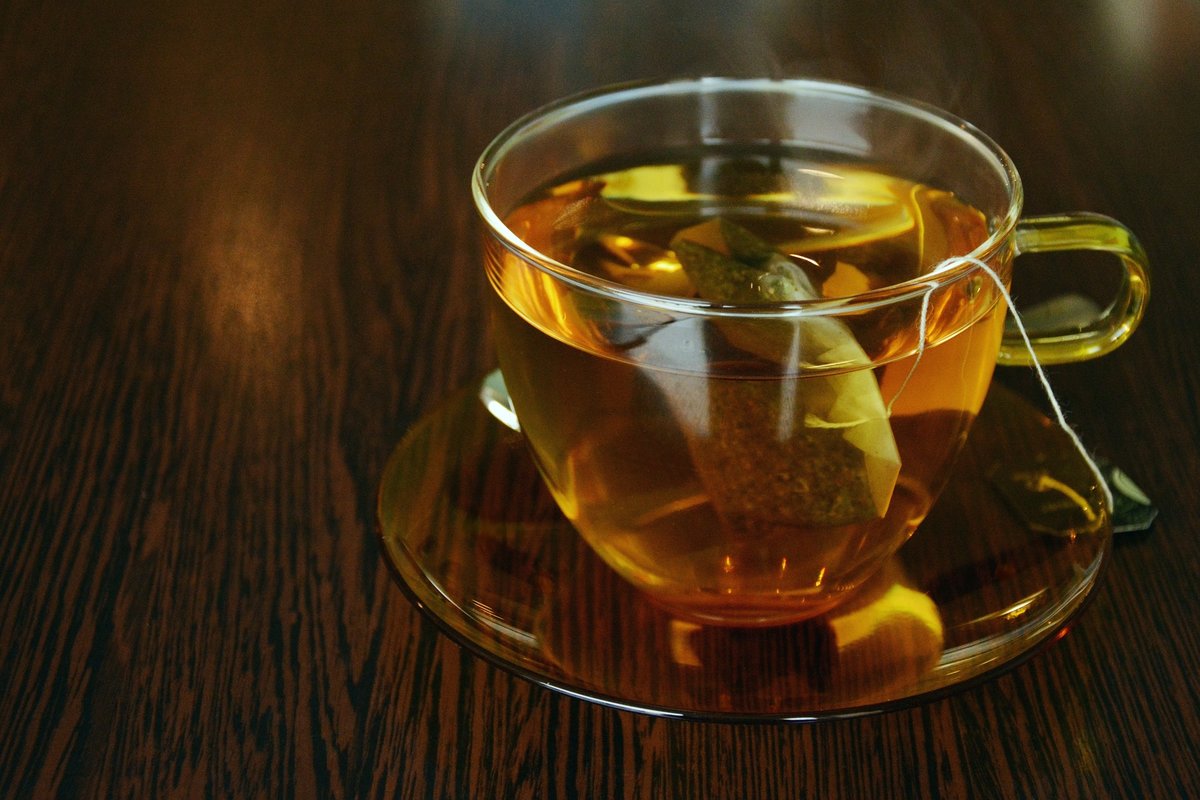The green tea comes from the Camellia Sinensis plant, which grow in high altitude areas in countries with hot and humid climates such as Japan, China, and India.
In the western world, green tea is increasingly popular and demanded because more and more people know its healthy properties. One of the reasons why tea is possibly so well known is because of its content in teína, a stimulating substance.
The leaves of this variety of tea are, in fact, dark green and differ from the leaves of white, yellow, oolong tea and black teas.

Table of Contents
How to make green tea and black tea different?
In contrast, the leaves harvested for green tea are not always left to wither. A fundamental process to distinguish green tea, however, is the application of heat before rolling and drying or baking the leaves.
The Japanese method requires that the leaves are steamed briefly and the Chinese method consists of toasting the leaves in large pans.
This step (both ways) stops oxidation of the tea because it prevents the rupture of the veins in the leaves and the release of their enzymes. Therefore, many of its essential nutrients remain intact, and its color is also maintained.
During the production of black tea, the harvested leaves are placed in trays in the upper part of the factory and left to wilt in the air, at temperatures between 25-30 ° C. This process requires between 10 and 16 hours for the humidity of the leaves to evaporate.
Afterward, the dried leaves are rolled – or cut and rolled to get smaller pieces – with the use of a machine to break the structure and release enzymes that initiate the oxidation process. Next, the leaves are fermented and dried or baked.
Varieties of green tea
There are endless varieties of green tea because, although all are derived from Camellia Sinensis, the result is influenced by geographical location and climate, by different growing methods and by the way the leaves are processed.
Varieties of green tea from China:
Gunpowder: It is cultivated in the province of Zhejiang. The leaves look like bullets and “explode” when resting in the water.
Long Jing: It is cultivated in Zhejiang. The leaves of this species are flat and jade-colored.
Pi Lo Chun: Pi Lo Chun is another variety of Zhejiang. Its aroma of plum and peach distinguishes because it has grown among the trees of these fruits.
Kai Hua Long Ding: It is cultivated in the Tiantai region (Zhejiang). Its leaves are short and thick.
Tian Mu Qing Ding: It is cultivated in the Tian Mu mountains of Zhejiang. The leaves are thin and delicate, giving a light and sweet taste.
Xin Yang Mao Jian: It is cultivated in Henan province. Its leaves are very thin.
Hou Kui: It is cultivated in the Anhui province. Its flavor is reminiscent of orchids, plants that surround it.
Varieties of green tea from Japan:
Gyokuro is considered the best green tea in Japan. The leaves are removed from the sun in the last weeks before harvest. The tea has a mild flavor and a light aroma.
Sencha: The most common green tea in Japan.
Bancha: The unique variety that is harvested, including stems, late in the season.
Matcha: It is powdered tea that is grown mainly in the shade and used in the Japanese tea ceremonial.
Houjicha: The green tea leaves that are toasted to get a nutty flavor.
Kukicha: The very rare green tea made from the white stems in the harvest of a bud and three leaves.
Genmaicha: Green tea of the Sencha variety that is cooked in a pot and mixed with toasted shredded rice.
Varieties of green tea from India:
Green Darjeeling: Green tea is grown in the Darjeeling district in West Bengal of India. It has small leaves and is of the Chinese variety of Camellia Sinensis.
Green Assam: The green version of a tea grown in the Assam region of India. Specifically of the species Camellia Sinensis variety Assamica. It has a beer flavor.
Kangra green: It is cultivated in the Kangra district in Himachal Pradesh of India. It has a unique flavor and aroma due to its geographical region.
Nilgiri green: It’s cultivated in the hills of the Nilgiri district in southwestern India. The black and green teas are dark and intensely aromatic.
Health benefits
The healing properties of green tea have been part of the cultures of the East for more than 4000 years, and in the rest of the world, we are increasingly surprised by the health benefits that this infusion provides.
- The green tea is a rich source of polyphenols. Polyphenols are flavonoids with powerful antioxidant properties that neutralize the harmful effects of free radicals. The catechins (other polyphenols) have been shown to have antiangiogenic activity and anti-inflammatory estimuladoreas immune system that are responsible for their anti-cancer effect.
- Green tea has anti-inflammatory properties to prevent allergic reactions and episodes of asthma. Its tannins also have an anti-inflammatory effect.
- It fights caries and periodontal diseases for its antibacterial properties.
- Protects the heart, reducing the risk of cardiovascular diseases, reduces blood pressure, prevents atherosclerosis, antioxidant flavonoids protect against circulatory problems in addition to reducing the levels of “bad” cholesterol LDL and triglycerides and increase the “good” HDL cholesterol.
- It improves physical resistance; this helps to keep fit and lose weight, and thus also reduces the risk of cardiological diseases and diabetes.
- Improves peripheral circulation: relieves varicose veins, microvesicles, and cold hands/feet because the phenolic compounds help strengthen blood vessels.
- Increase immunity thanks to its content of vitamins E and C.
- Antioxidant flavonoids and vitamin E together help keep the body young because they prevent cell damage, promote bright and healthy skin, protect the health of the eyes and skin.
Recommended daily allowance
Enjoy the benefits of green tea by consuming 2 to 4 cups a day.
We must bear in mind that the infusion time of the leaves influences the polyphenol content of that infusion (in infusions of 8-10 minutes we can obtain the maximum of catechins, while in a 5-minute infusion only 20% is extracted of those catechins).
And of course, the quality of the tea also influences its medicinal properties, since better properties of green tea contain up to 60 times more polyphenols than infusions of poorer quality and with short infusions.
* Consult a doctor in case of sensitivity to caffeine/thein or case of depression or anxiety.
Preparation of green tea
Serve the tea with boiling filtered water or wait a few minutes if you prefer a less bitter taste. It is advisable to leave the leaves to rest in prolonged infusions to obtain the maximum benefit of their properties. However, the bitterness of strong green tea is not pleasant for some people.
Also Read:

